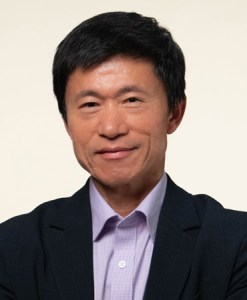Using an instrumental variable approach, we document evidence that the rise in automation technology contributed to the rise of superstar firms. We explain this empirical link in a general equilibrium framework with heterogeneous firms and variable markups. Firms can operate a labor-only technology or, by paying a per-period fixed cost, an automation technology that uses both workers and robots. Given the fixed cost, larger and more productive firms are more likely to automate. Automation boosts labor productivity, enabling those large automating firms to expand further, and thus raising industry concentration. Our calibrated model can replicate the highly skewed automation usage toward superstar firms observed in the Census data. Since robots can substitute for workers, increased automation raises sales concentration more than employment concentration, consistent with empirical evidence. In the model, automation raises aggregate productivity but exacerbates markup distortions. Our calibration suggests that a modest subsidy for automating firms improves welfare.
Suggested citation:
Firooz, Hamid, Zheng Liu, and Yajie Wang. 2024. “Automation and the Rise of Superstar Firms.” Federal Reserve Bank of San Francisco Working Paper 2022-05. https://doi.org/10.24148/wp2022-05
